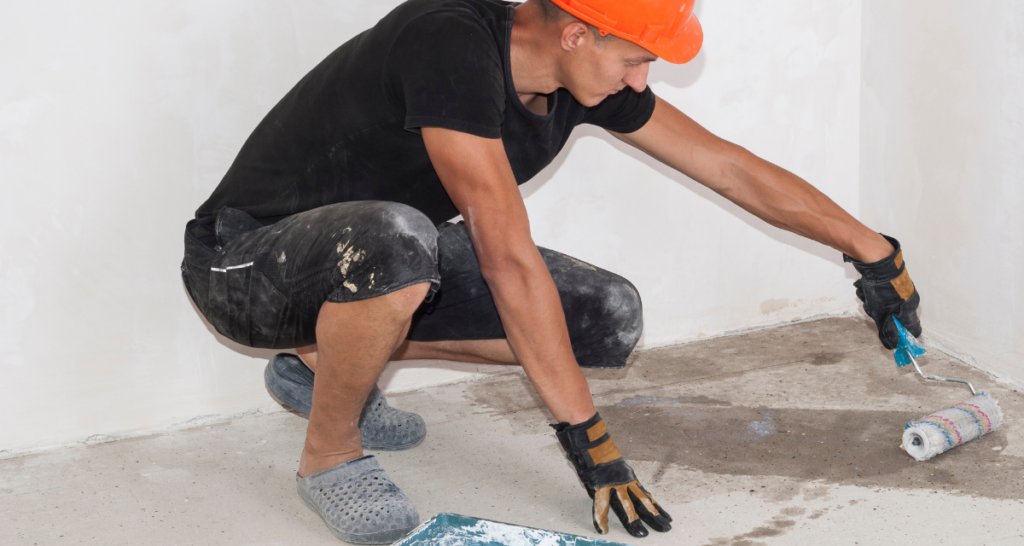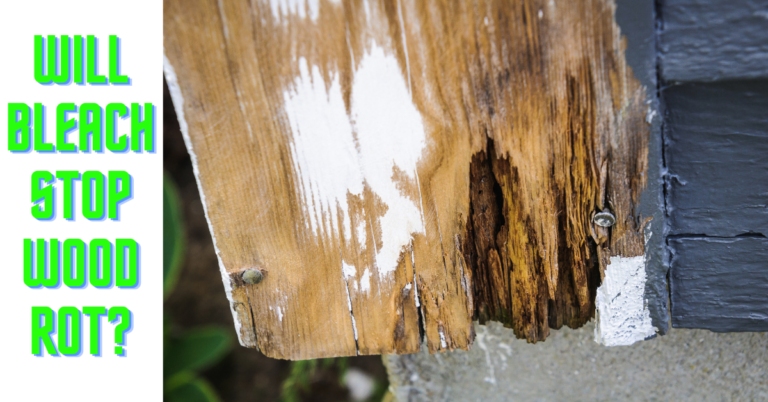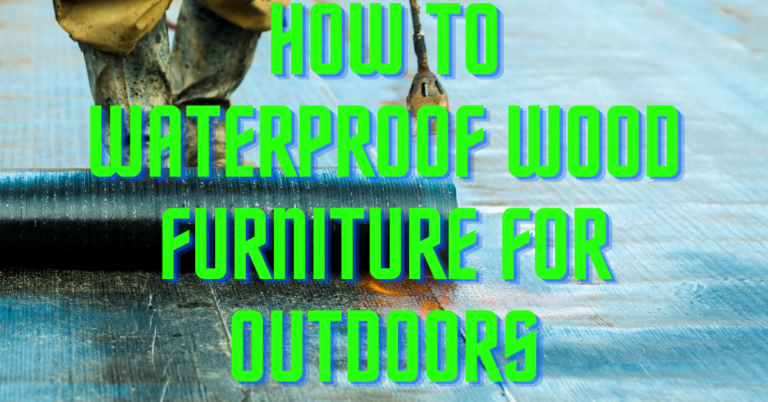How many Coats of Primer do you Need on Exterior Wood?
Primers are unique kinds of paint that serve as the foundation that we lay our painting works on. Primers can determine how long paint will stay on the surface. It even plays a significant role in the beautification of a wall. As primers, ensure that the painting surface has an ideal, uniform texture (slightly coarse) so that a wall adheres effectively to the paint’s works.
So, no surprise you’re wondering, how many coats of primer do you need on exterior wood? Especially when it’s on the exterior, where it can meet with a lot of exposure to elements.
For most primers, you’d need two coats to cover your wood evenly. This would help cover the stains of the wood and tannins that might ruin your wood.
Scroll along for more information. In this article, I’ll gift you with four solutions.
- What you need to know about primers.
- What type of primer should you use?
- How many coats on surfaces?
- How to apply primers on exterior wood.
When working with walls, primers are essential. Though paints may seem to stick well enough to the wall and seemingly render useless the presence of primer, I tell you, you risk blotchy, cracking, peeling results if you skip priming. You may need to start the painting all over or apply it to paint more times than necessary.
It is necessary to prime the walls on woods, as woods are porous, especially unfinished woods. The percentage of solids in most paints is too low to fill the pores and flatten the grain. Wood may have some porous parts than others, and these areas will absorb stains at different rates, which makes scars all over the wood.
Exterior primers minimize cracking and mildew growth and protect wooden surfaces from alkalinity and efflorescence. Exterior primers come in specific formulas for use on wood, brick, or metal.
All at a Glance
What type of primer should you use?

Firstly, you need to know there are three types of primers. Oil-based, latex and shellac
Oil-based primers have been in existence for a long. They work well with both latex and oil paints and are versatile and applicable to various surfaces. They are the best for unfinished woods, unfinished dry walls, steel, and metals.
Oil-based primers are useful for blocking stains on your walls from ink, nicotine, and water. They stop tannins -gummy chemicals released from woods- from bleeding through the surface of the paint too.
Oil-based would have been perfect, but for some certain drawbacks.
First, they are slow drying. I’d say you’d have to wait 24 full hours before the primer can completely dry for you to apply paint.
They also release high amounts of volatile organic compounds (VOCs), which may have a potential health impact on people in high concentrations and with prolonged exposure. But it’s advisable for the exterior surface as it disappears into the atmosphere.
Another drawback is Oil-based primer can also be more challenging to clean, as you can’t take water and soap to it like you can with other primer types. You will need mineral spirits to thin it properly.
Latex or Water-Based primers, too, are suitable. For the work, excellent on most good surfaces are water soluble and contain little or no VOCs. Drywall, plaster, woodwork, metal, and masonry are all good for latex. But it lacks the durability to stand exterior surfaces with its exposure to elements.
Latex primers show stains more easily. It doesn’t have the thickness to cover stains like other primers. Though, it works well on softwoods and dries faster. It is not advisable for exterior surfaces.
And last but not least, shellac.
Shellac primer has been praised as an ideal primer for hundreds of years. Why? It has tons of benefits and just little negative qualities. Using it is best for the interior but no less for the exterior. It has been used for centuries to seal woods and other surfaces.
Read Also: How to Remove Spray Paints From Wood Floors
Even though latex dries fast, shellac dries more quickly. In less than an hour, you’re ready to run your paint over it. It makes working quickly like oil-based primers superb at stain blocking. And it is adhesive enough to stick to a lot of surfaces like wood, metal, and Mansory. Ideal for exterior woods.
Shellac contains a very high amount of VOC compared to other primers. It has an almost unmatchable ability to give a smooth, even cover to surfaces before painting.
Because of its high concentration of VOCs, you will have to open your windows and doors for ventilation and run a fan for interiors. Still, for the exterior, you might need to wear masks to protect yourself against the fumes and chemicals, as it would disappear into thin air faster.
Shellac also goes well with oil-based and latex paints. So you see why I’d recommend this above others. It covers well, prevents your wood from bleeding over the paint, covers stains perfectly, and dries faster.
Though it releases fumes and requires thinning, unlike oil-based, the thinning is easy. Just mix with denatured alcohol, and you’re done. Cleaning is also not as hard as oil-based, though not as easy as latex. But covering is the main deal, and we’ve gotten those covers, haven’t we?
How many coats of primer do you need on exterior wood?

There is a specific exception, though. But to apply shellac, or oil-based, a double coating is enough for exterior wood. For oil-based, remember you’d have to wait a long time for the first coating to dry before applying another unless you are satisfied with the first coat.
How do you know when to stop coating? If your surface looks like it has fully covered and there is no wood peeping through the layer, you’re good to go. Depending on the wood and the oil-based primer, once can be enough. But for water based, for the exterior, you’d have to apply about three coatings, and you’d sandpaper after every layer.
When should you use one coat of primer?
- One coat of primer is enough on wood when you’re working over an existing coat of paint, as the former coat would have patched imperfections and reduce how much new paint you’d use for the coverage. The best way to treat unfinished or worn woods is first to sand them with high-quality sandpaper.
- One coat of primer is enough if you’re painting any color over a white wall since primers are mostly white, it would suffice for the covering.
- When you’re using a tinted primer with the color half matching your paint, you need a coat. Just a coat, unless you’re not satisfied with the outcome.
When should you use two coats or more?
- When painting unfinished wood.
Wood that has never been primed or painted is so much porous that they’d need more than a coat. With pure paints, the pores would not be filled well, and the grain would not flatten as there is little adhesive in most paints. The increased reliable content in primer can fill the pores, level the surface for painting, and mask any knots in the wood.
Note: when using water Based primers, remember to sandpaper it with original sandpapers after the first coat, or else the grain on the wood may dwell
- Painting over a dark color with a lighter hue.
Making color transitions from light to dark hues will require a double coating. Without it, the dark color would continue to peek after painting on the wall. Regardless of the number of times you paint it. With all this, it’s no surprise if you ask what the right way to apply a primer is.
Primers can be applied quite as smoothly as painting. In fact, with primers, you don’t have to be too careful, but you’ll still need the same technique.
Before you start a painting, you need to prep the wall, whether Mansory, wood, or metal. It would be best if you patched holes that need to be repaired and sand them. Scrape off flaky paints if it’s on a former coat. Sand your wood to prepare the surface to accept primer.
Next, you might need to clean the wood. For old walls, dust might have hidden on the surface. You’ll need a damp rag to clean off the dust. And if it’s much, you can use an air blower. And for the central part, apply the first coat of primer! Again and again, no hard rules. Just try to apply the primer evenly and not too sparingly so much you’d have spaces without primers.
For interiors, start inside out from the ceiling then down to the wall. Remember to ensure adequate ventilation and a working fan when using primers, especially oil-based and shellac, as they produce many fumes that can have health implications under too much exposure.
Conclusion: How many coats of primer do you need on exterior wood?
With these being said, you’d find out that two coatings are enough with the right primer. And I’d say that shellac primer is the most suitable for the layer of exterior wood. It blocks stains and protects the wood from scars and bleeding. It dries fast, no need to wait long hours to paint.
Though it may have a high concentration of VOCs, it can be played safe. And the application is so easy. You can also try other primers following the provided information. But, trust me, you’d love the outcome when you apply primers before painting your walls.
Important Reads:







